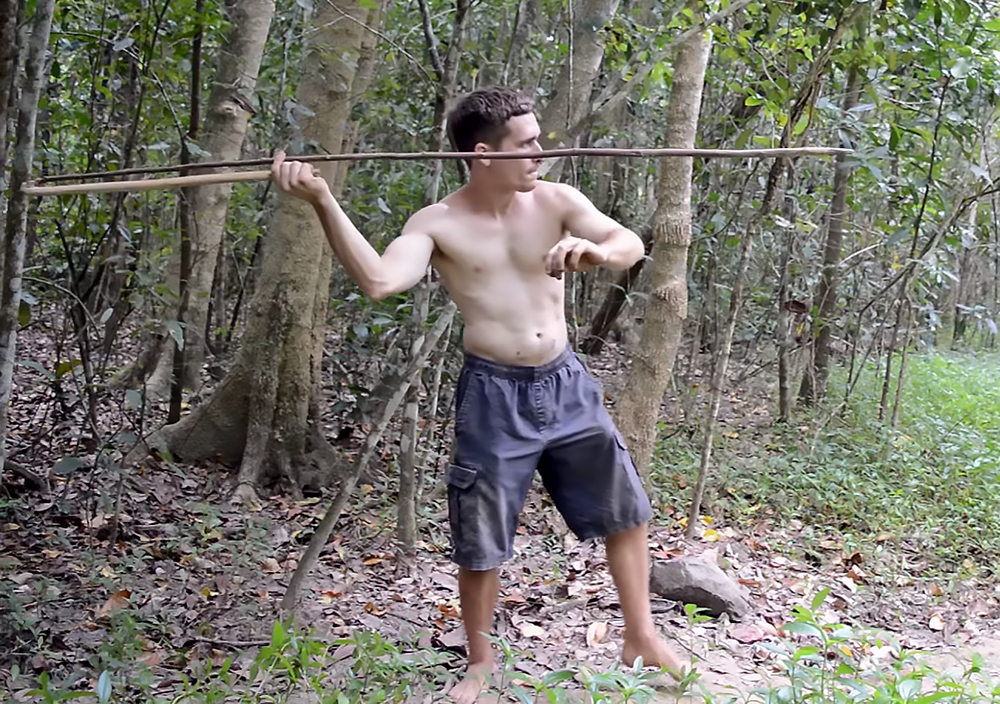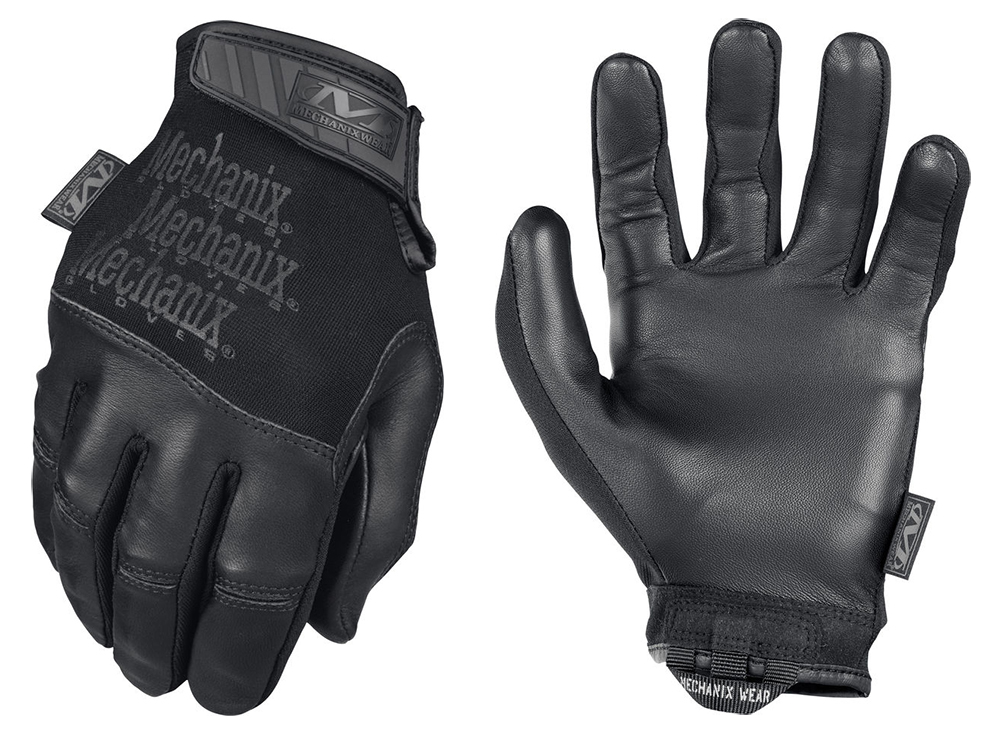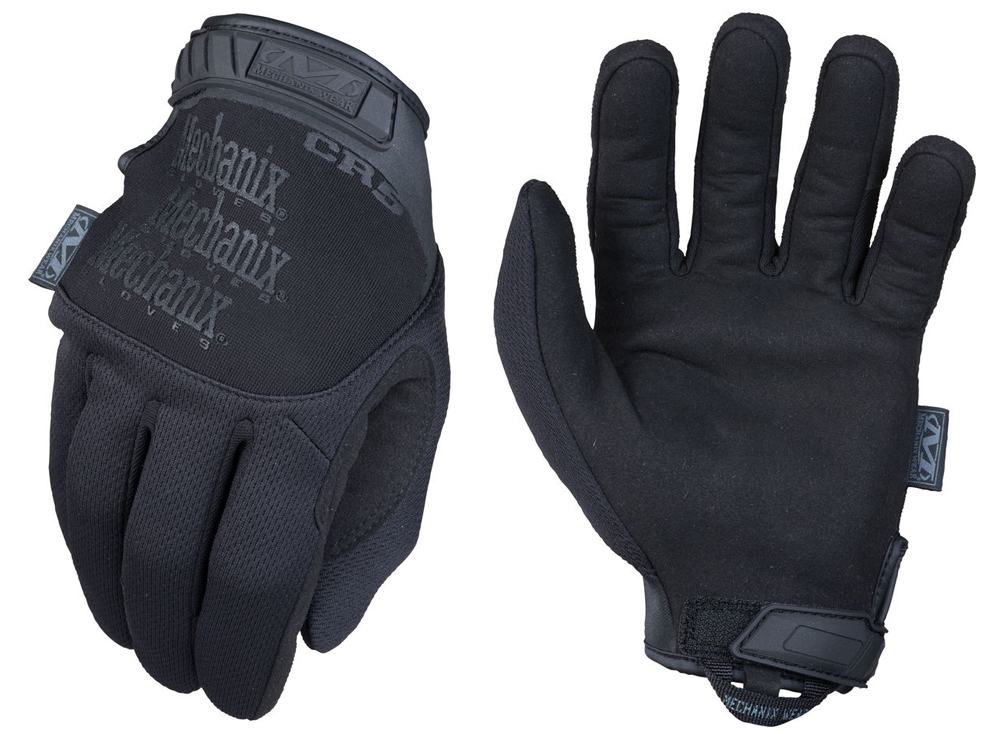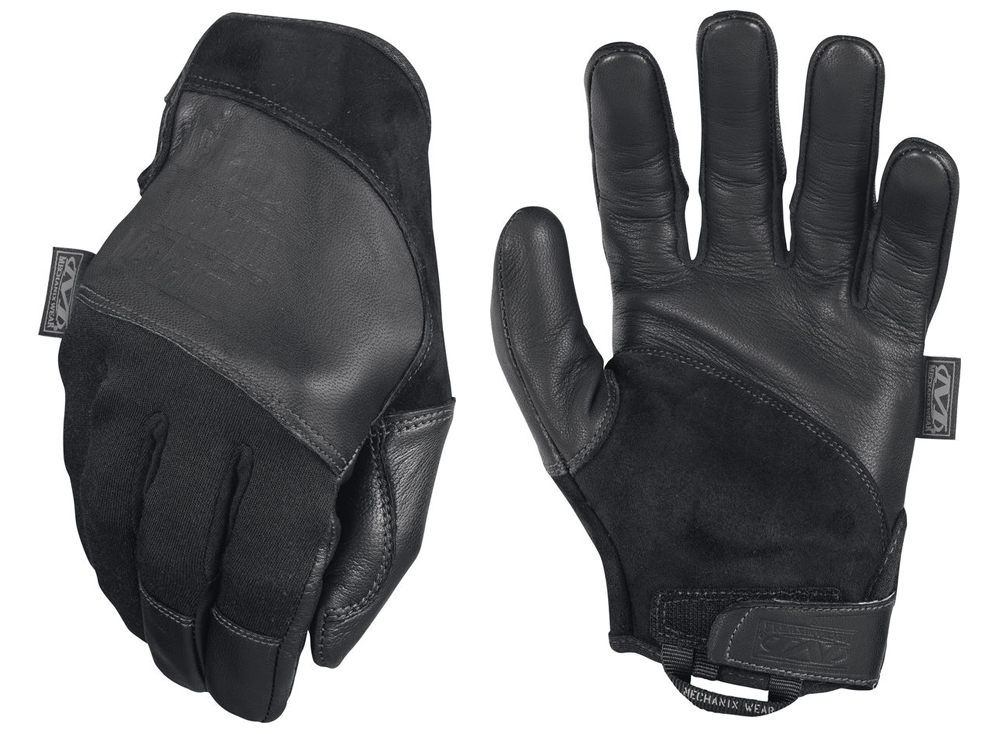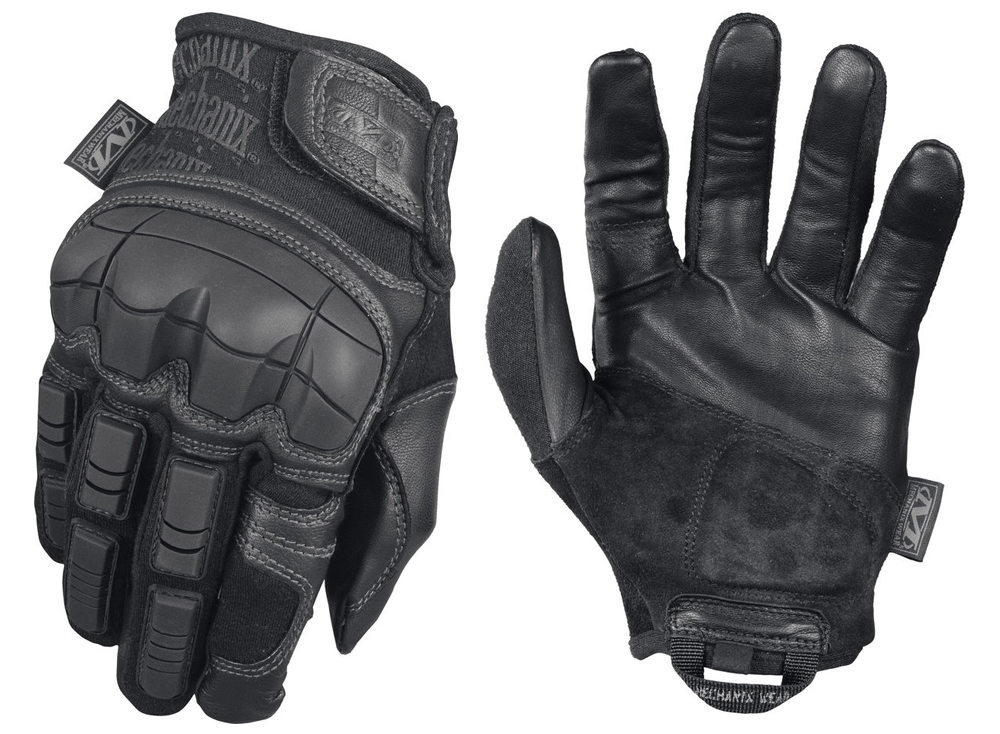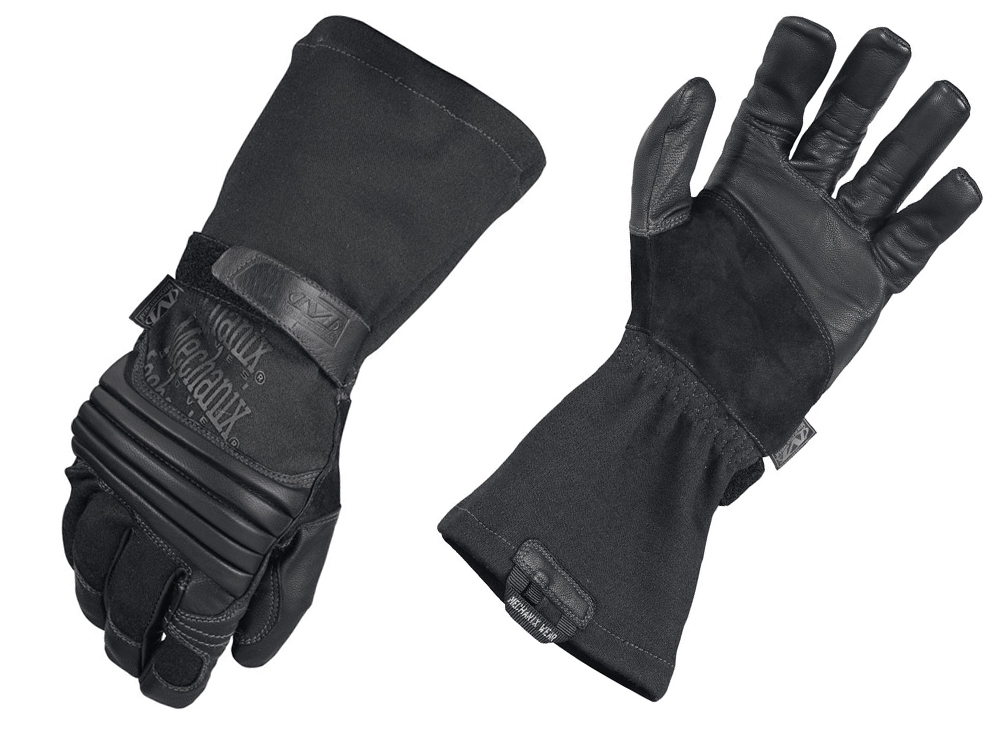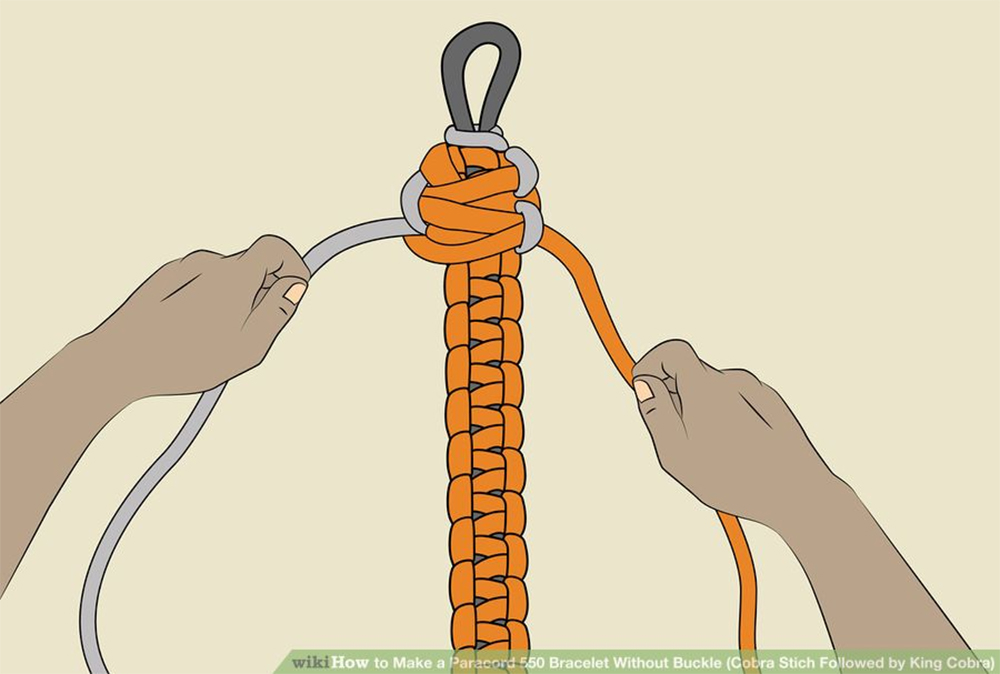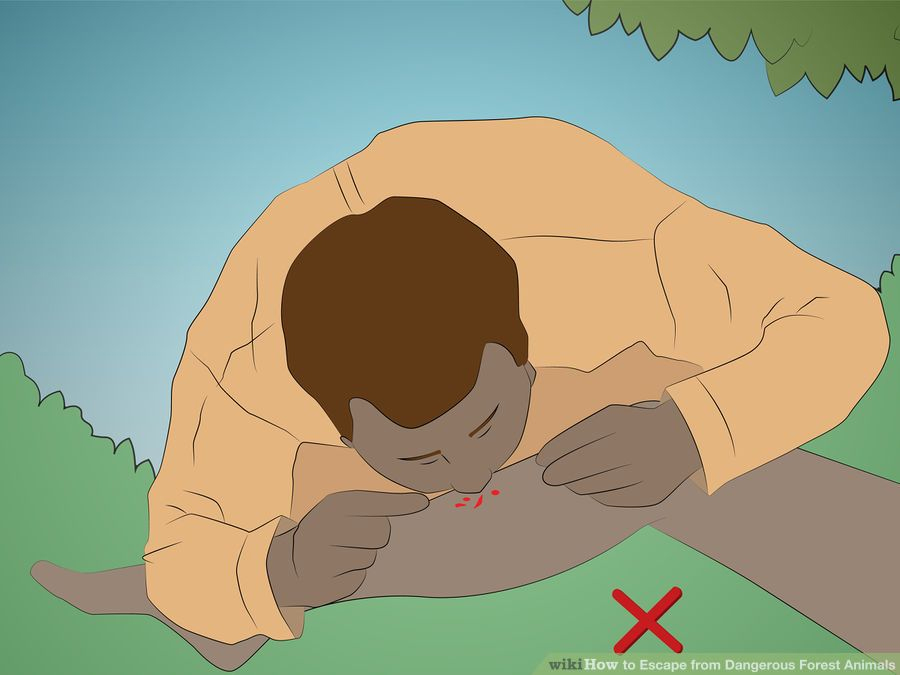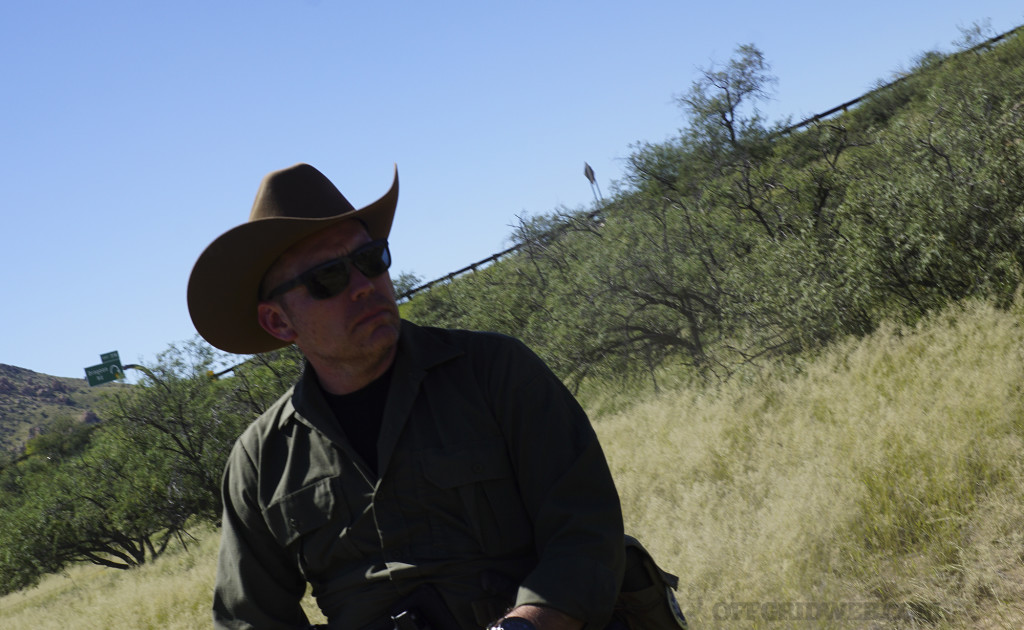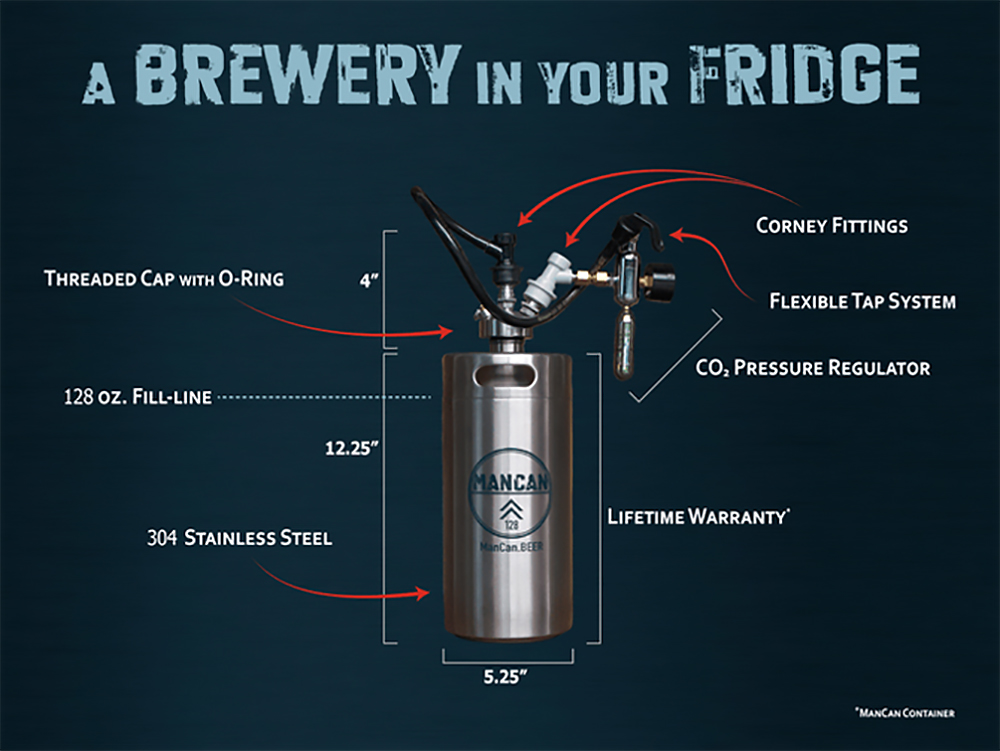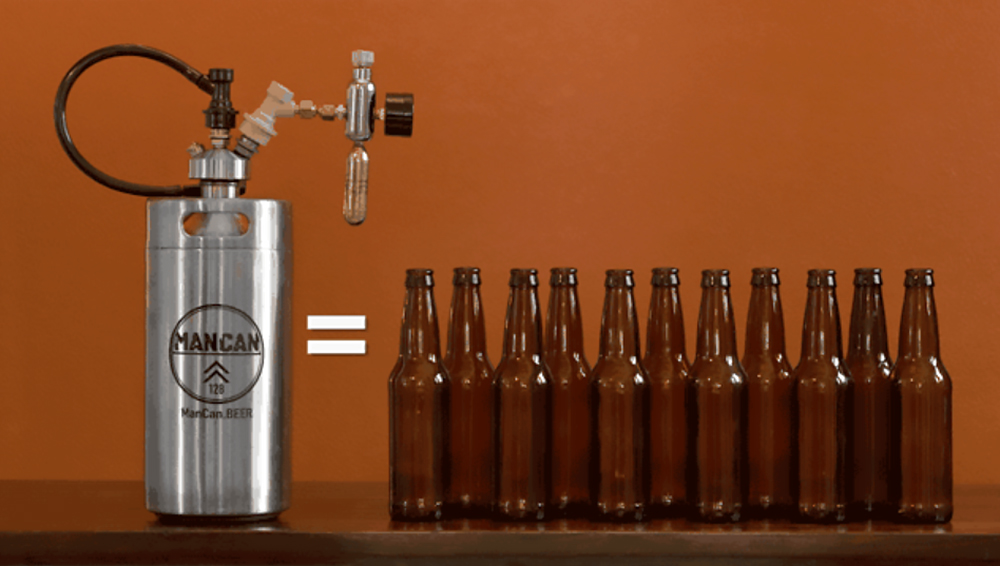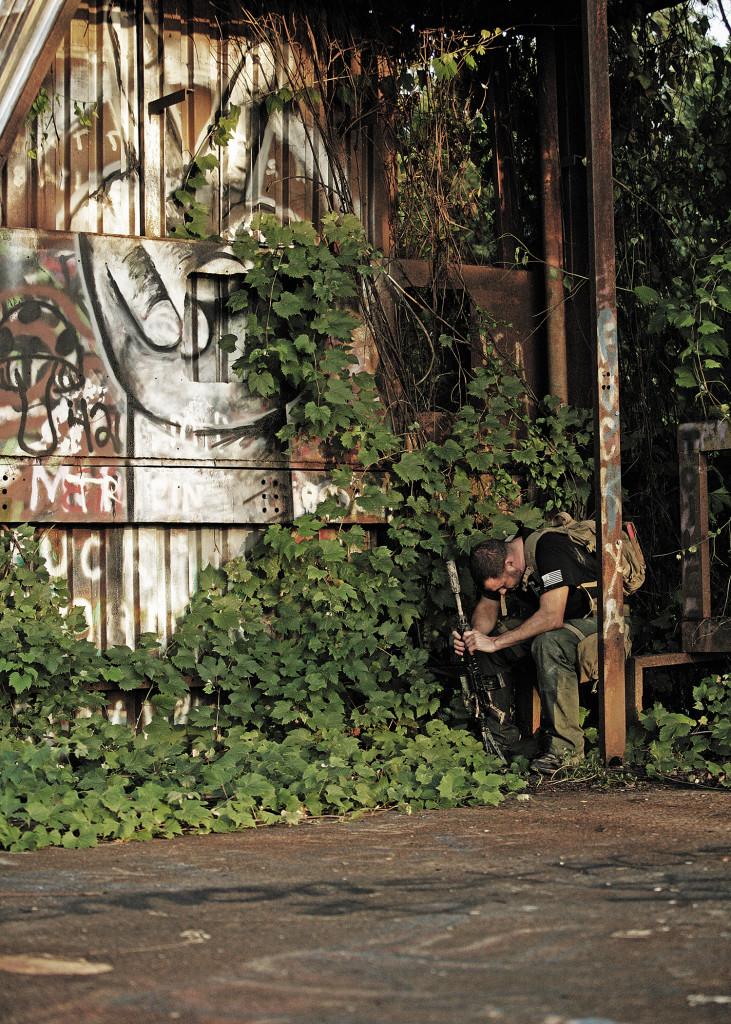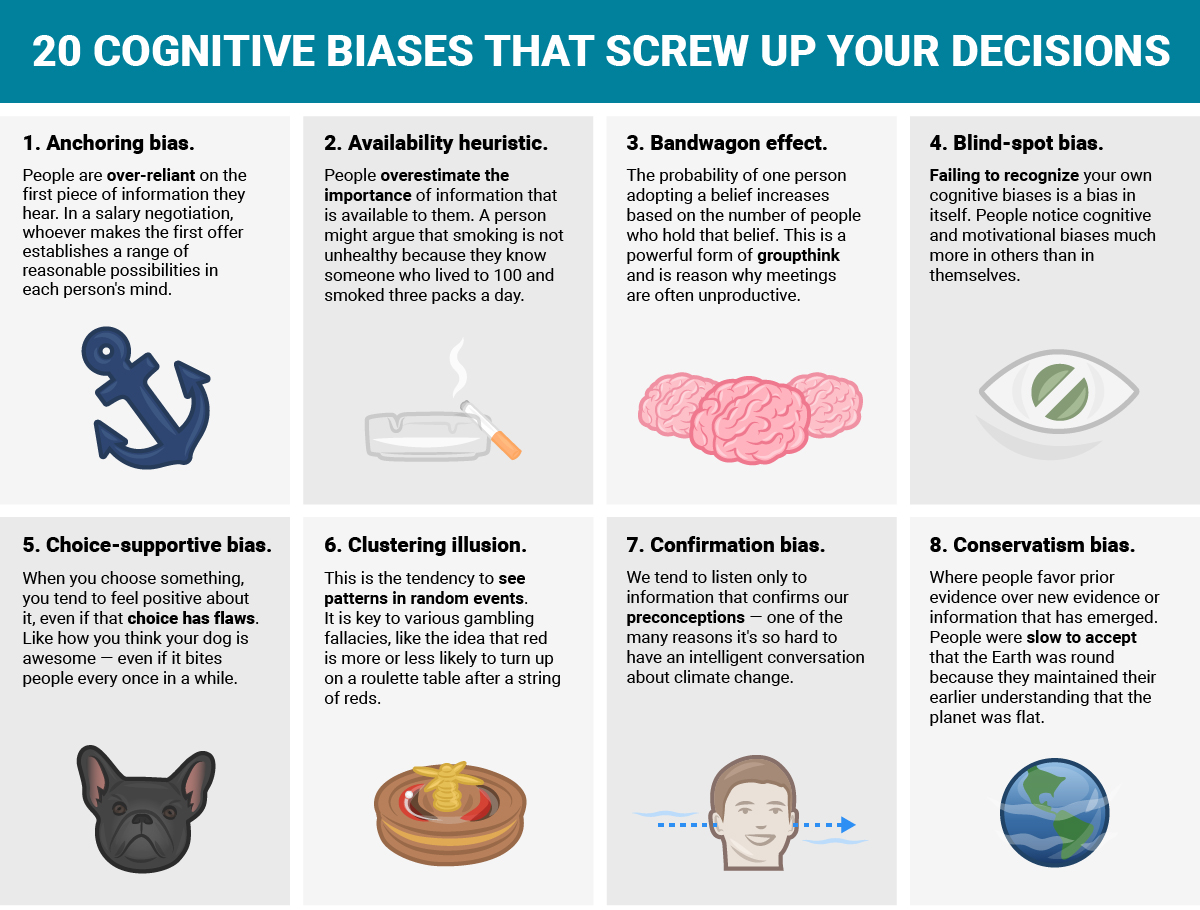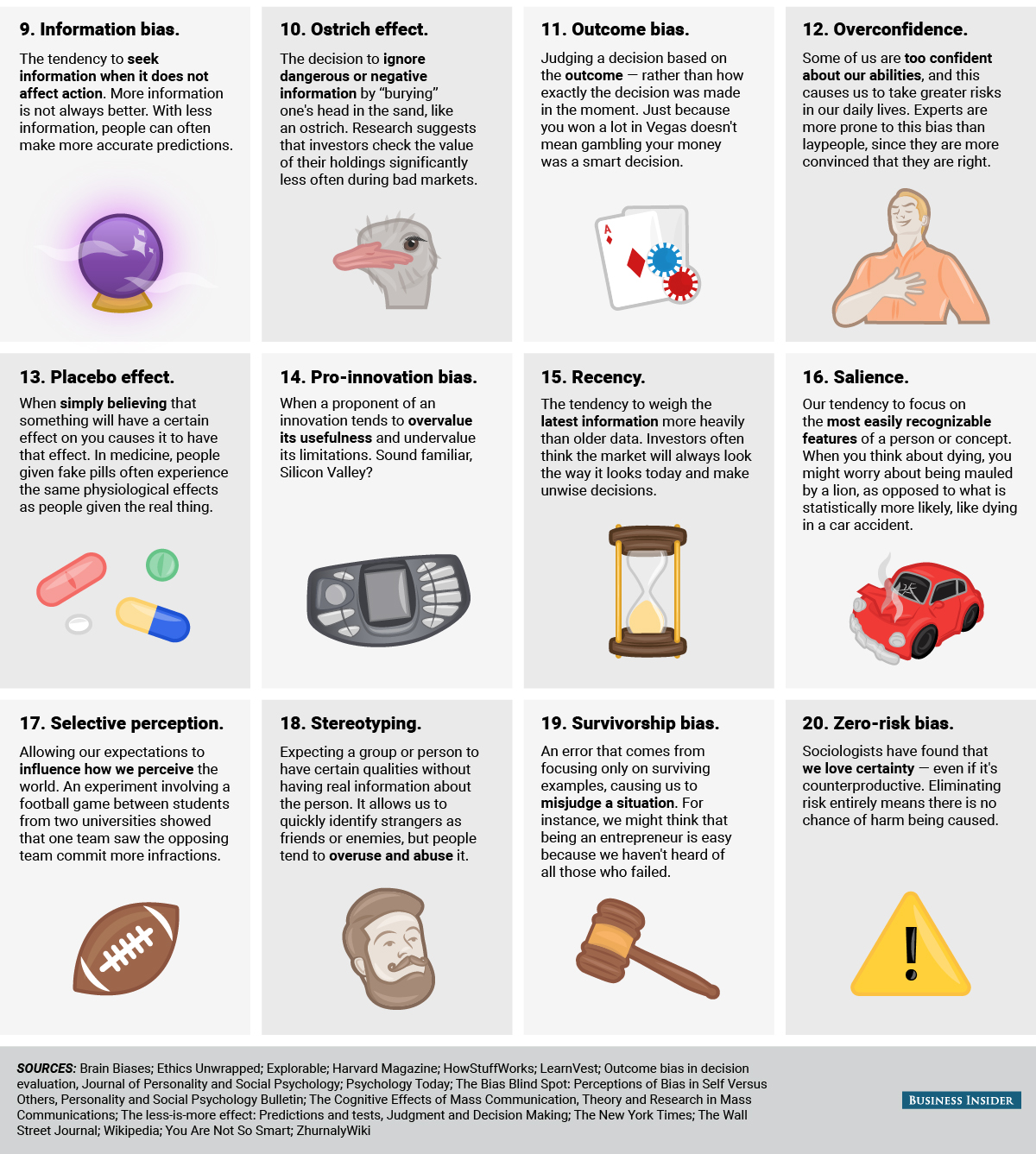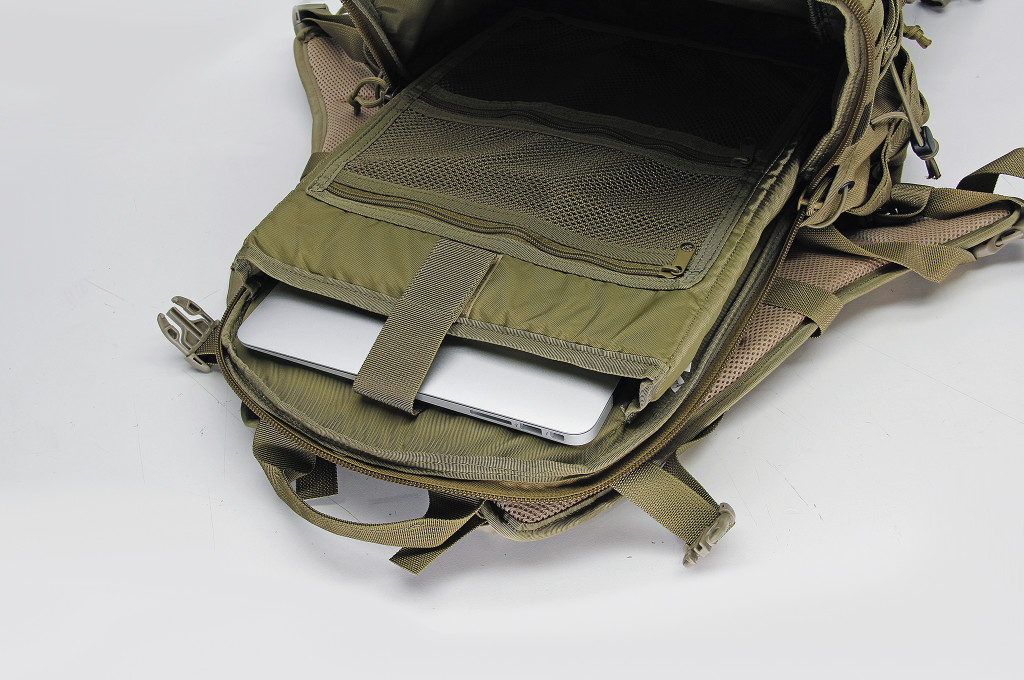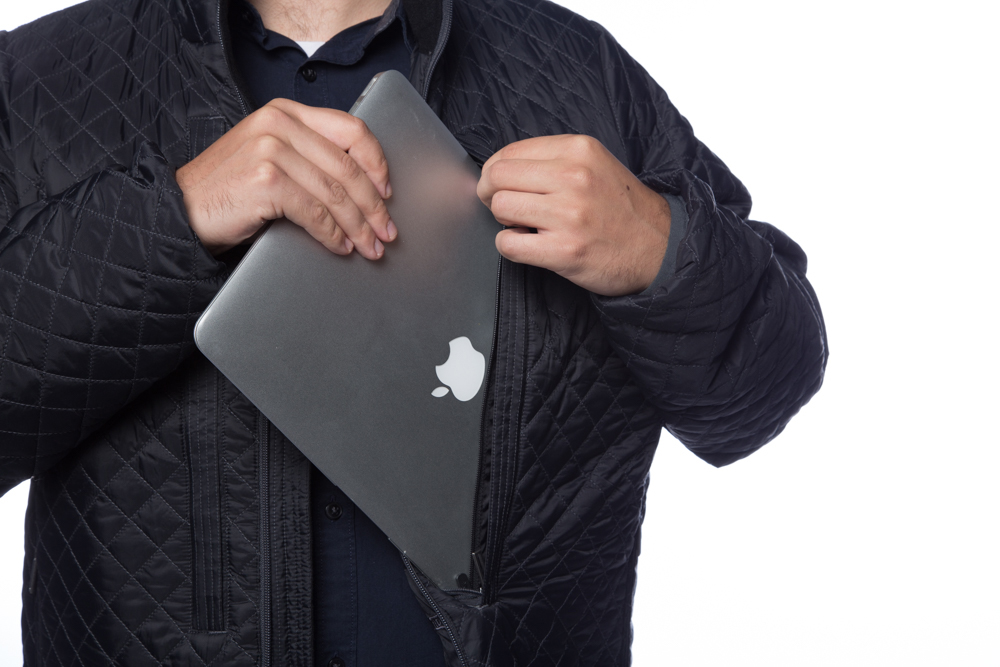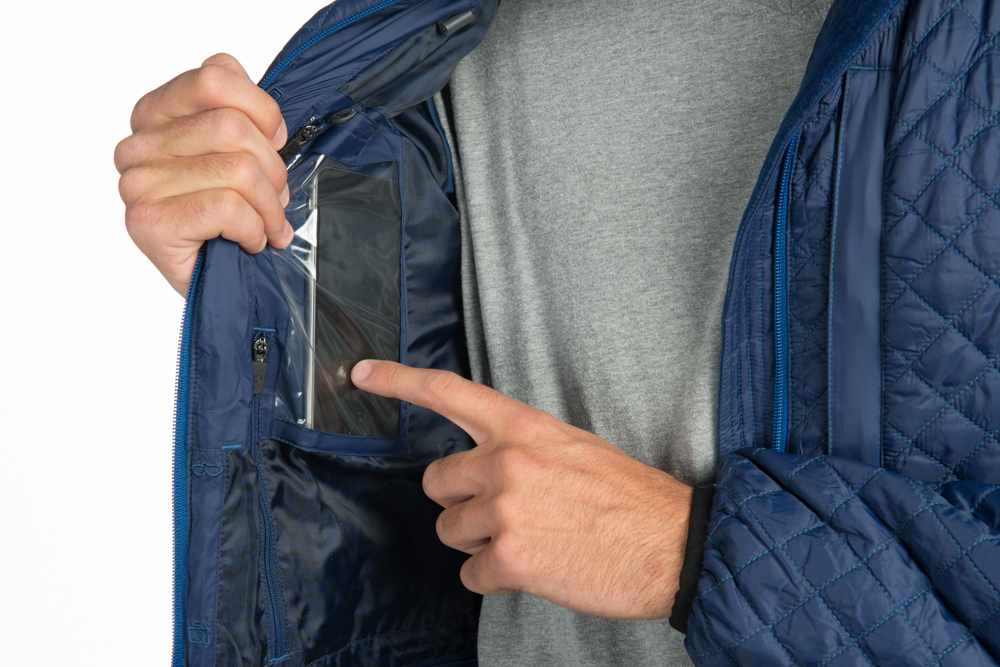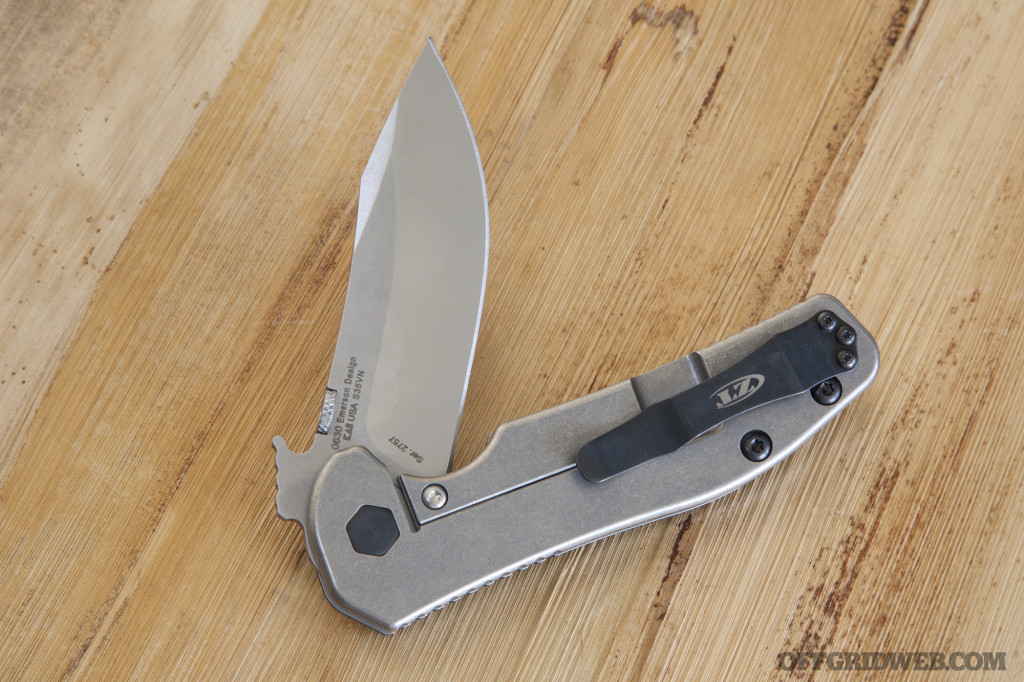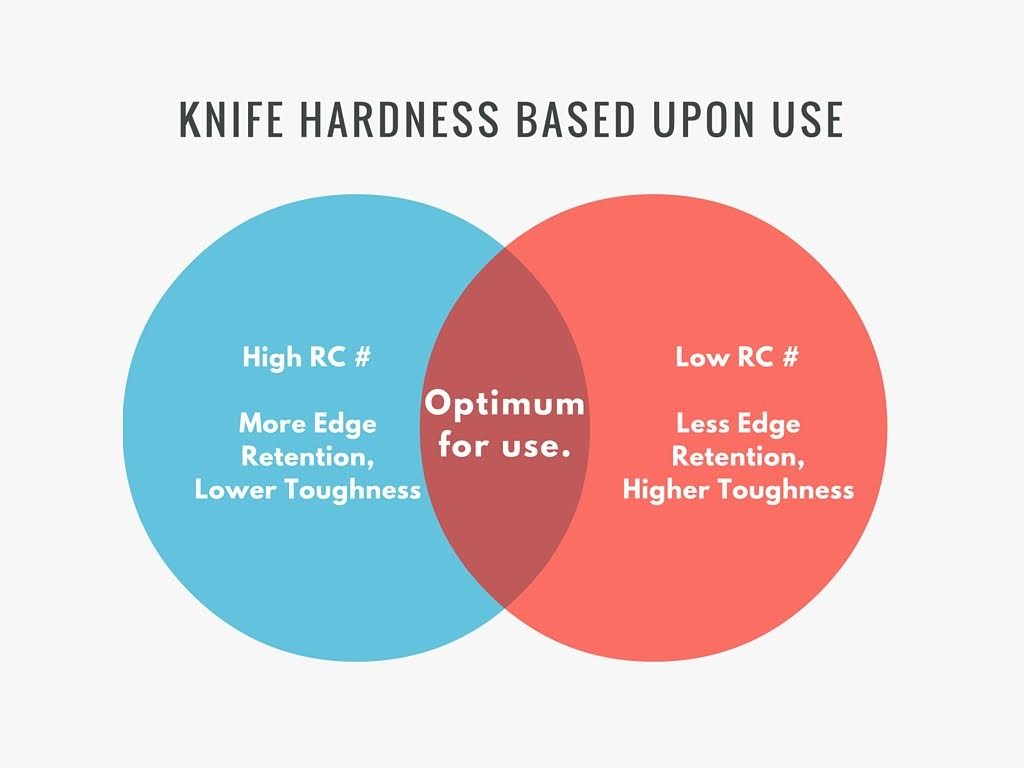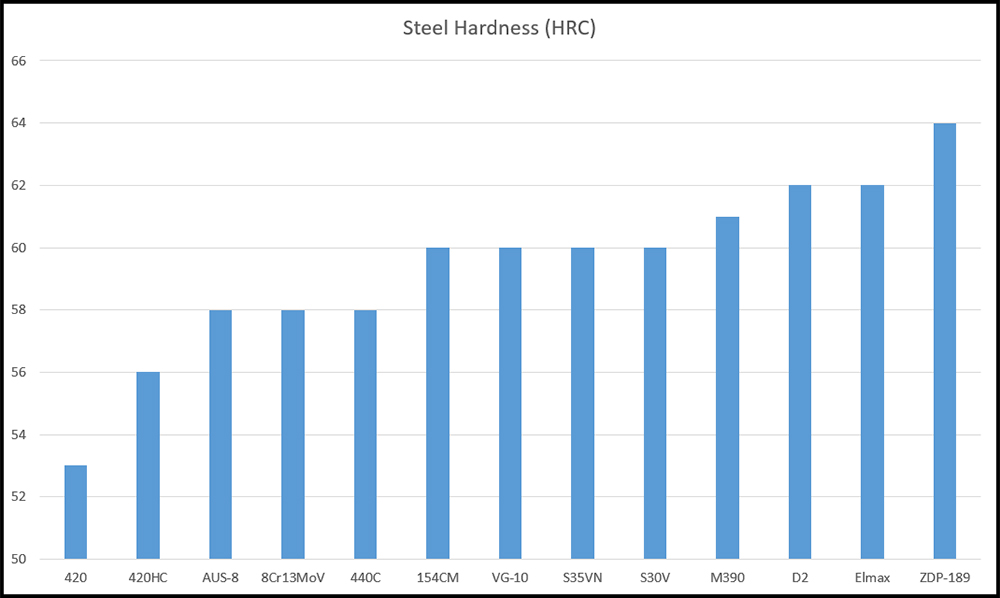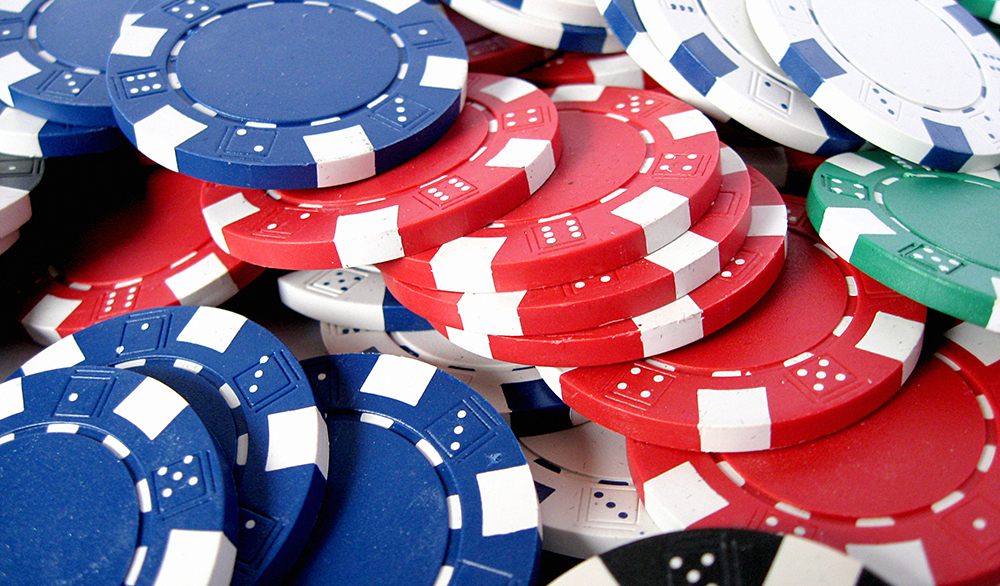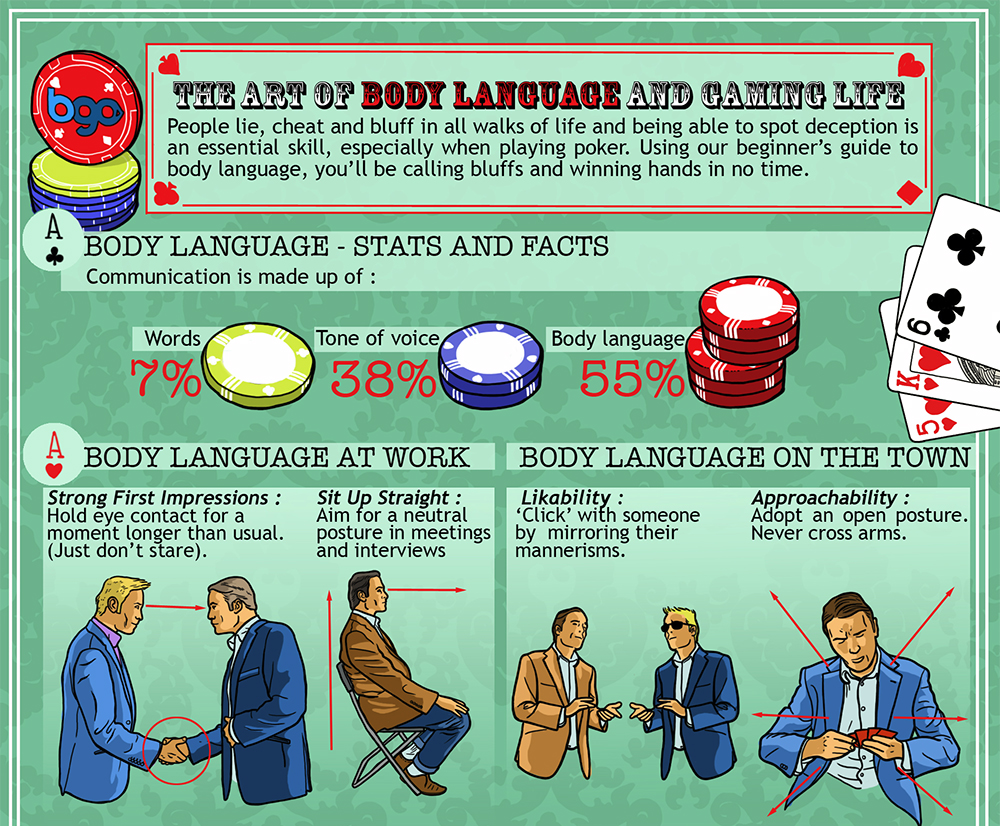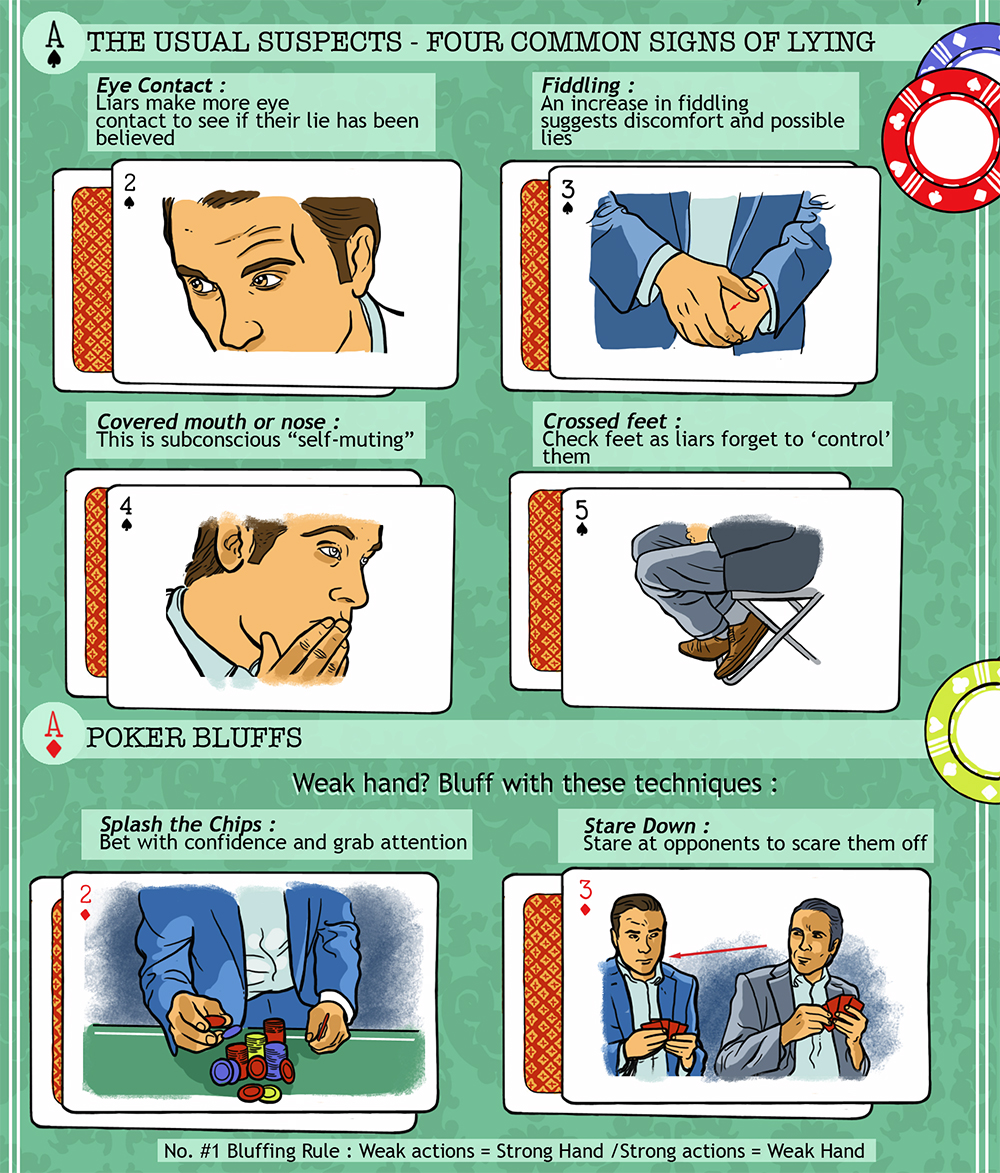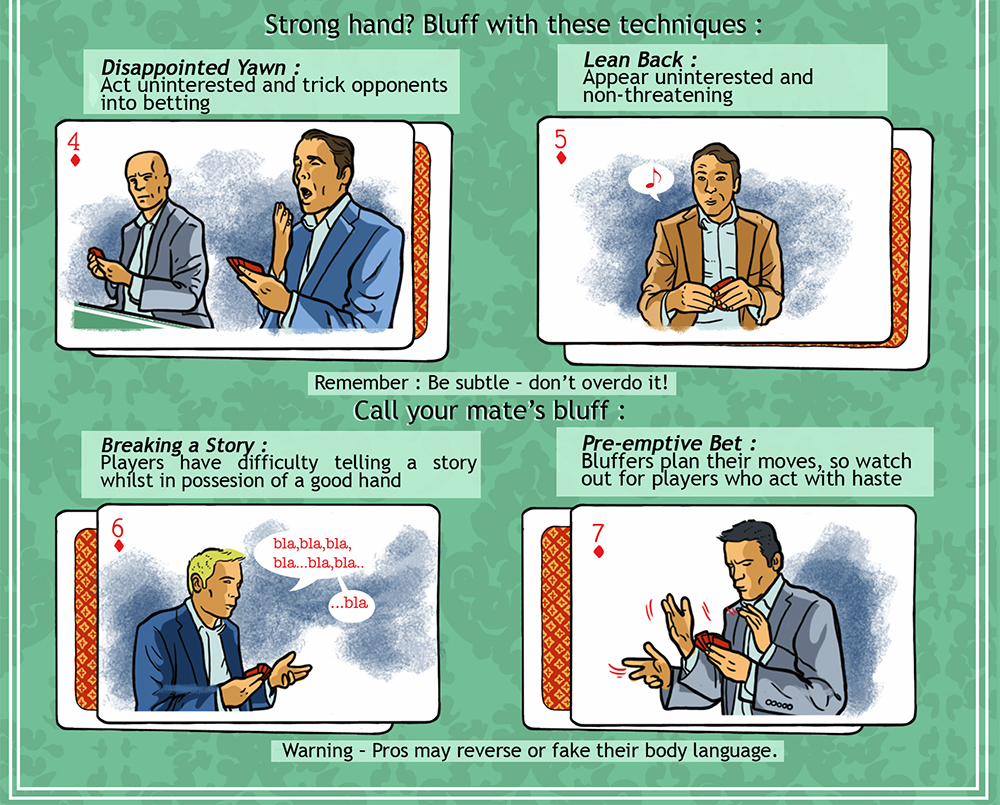Even if you've never taken an interest in studying world history, you've surely heard the name Chernobyl. It's linked to one of the most catastrophic manmade disasters of all time, the explosion of the Chernobyl Nuclear Power Plant in Pripyat, Ukraine (at the time part of the Soviet Union).
With frequent modern-day references in movies, TV shows, and books, as well as comparisons to the 2011 Fukushima Daiichi meltdown, it's easy to assume that the destruction caused by the Chernobyl event and its radioactive fallout has been greatly exaggerated. As with most disasters, it's true that some exaggerations have been made over the years, but make no mistake—the reality of the Chernobyl accident was truly staggering.
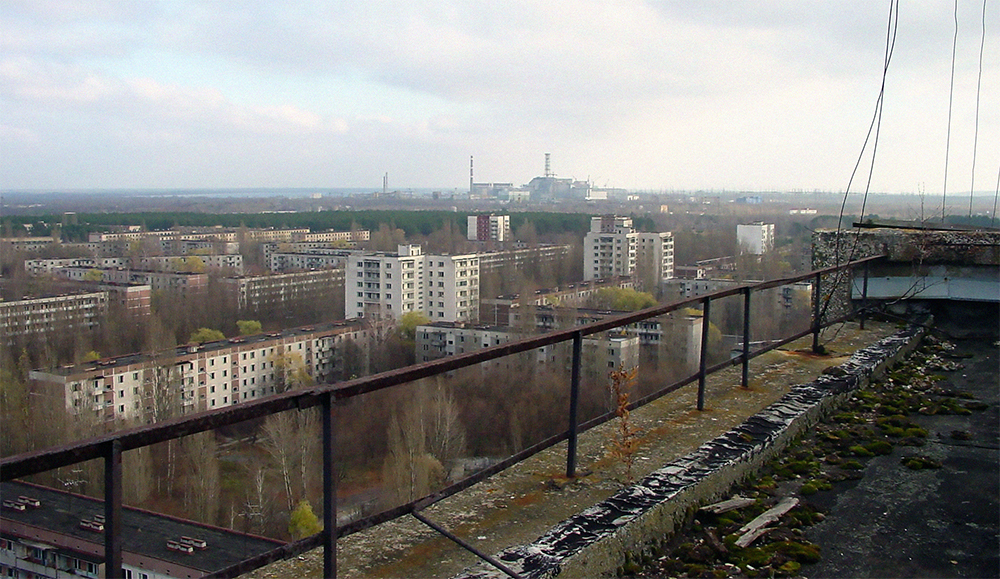
A view of the Chernobyl plant, taken from a rooftop in the abandoned city of Pripyat. Source: Wikipedia / Jason Minshull
Still, the event was nearly much worse. If not for the brave actions of three men, the Chernobyl disaster would almost certainly have spread throughout the power plant's other reactors and taken more lives. But, before we get to those three men, let's first take a historical look at the events that led to their selfless choice.
The Chernobyl Disaster
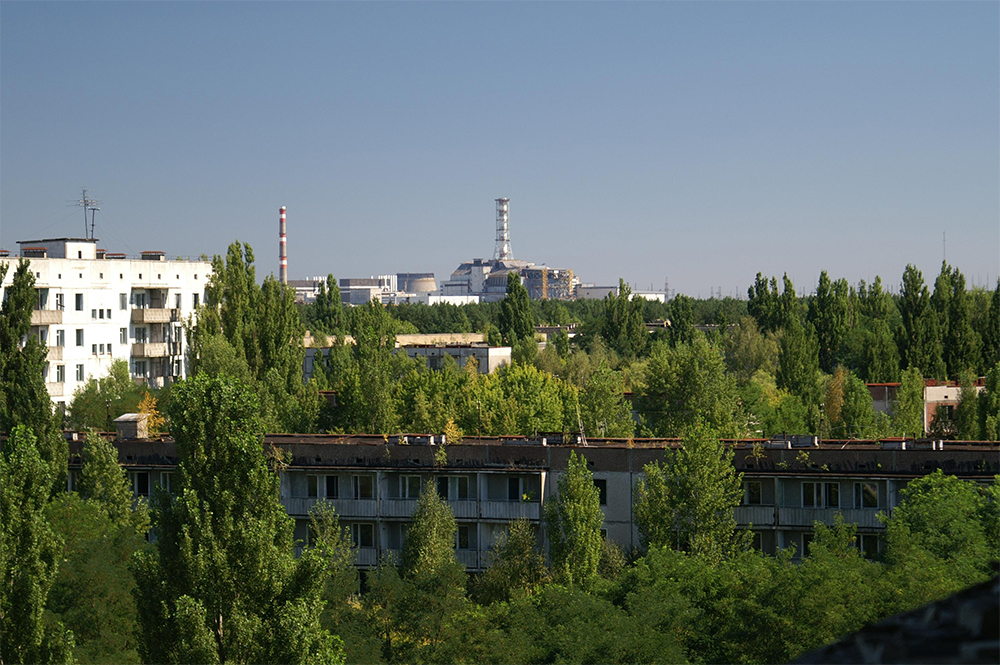
It all started in April 1986, in the remote city of Pripyat, on the northern border of what is now Ukraine. Pripyat was constructed in the 1970s, along with a facility that was officially known as the V. I. Lenin Nuclear Power Station. We now refer to this plant as Chernobyl, due to its proximity to the pre-existing Ukrainian small town of the same name.
This power plant was the third RBMK nuclear power plant constructed in the Soviet Union, and the first power plant constructed within the Ukrainian Soviet Socialist Republic. Despite its remote location, the plant and its newly-built city of Pripyat attracted a support staff of 50,000 individuals. It was also one of the “youngest” cities in the USSR, with a high percentage of recent college graduates and an average age of 26.

Compared to other cities in the Soviet Union, the recently-built city of Pripyat must have seemed like a utopia....
On Friday, April 25th, engineers began testing an emergency cooling function on reactor number four. This was the most recently-completed unit, although construction was still in progress on a fifth reactor, and there were additional plans to build two more blocks in the near future. The test that day was intended to demonstrate a technique for bridging the gap between the reactor's two cooling systems: primary steam turbine cooling pumps, and emergency backup diesel generators. If you'd like to read more about the technical aspects of the test, you can find a detailed explanation here.

A diagram of reactor 4 shows the immense complexity of its design. Source: Andrew Leatherbarrow
Needless to say, something went very wrong. A subsequent report by the International Nuclear Safety Advisory Group (INSAG) stated the following: “During preparation and testing of the turbine generator under run-down conditions using the auxiliary load, personnel disconnected a series of technical protection systems and breached the most important operational safety provisions for conducting a technical exercise.”
In other words, corners were cut in order to expedite the test, and this led to the situation spiraling out of control. This was compounded by the fact that Soviet authorities refused to allow reactor power to be reduced to 30% as per protocol, as it would result in mass power outages. By 1:23 AM on April 26th, an emergency shutdown procedure was initiated, but a massive power spike caused the core to reach 120 times its maximum output. The overheating reactor also overheated the water-cooling system, leading to a powerful steam explosion which severely damaged the reactor and started a chain reaction we commonly refer to as a meltdown.
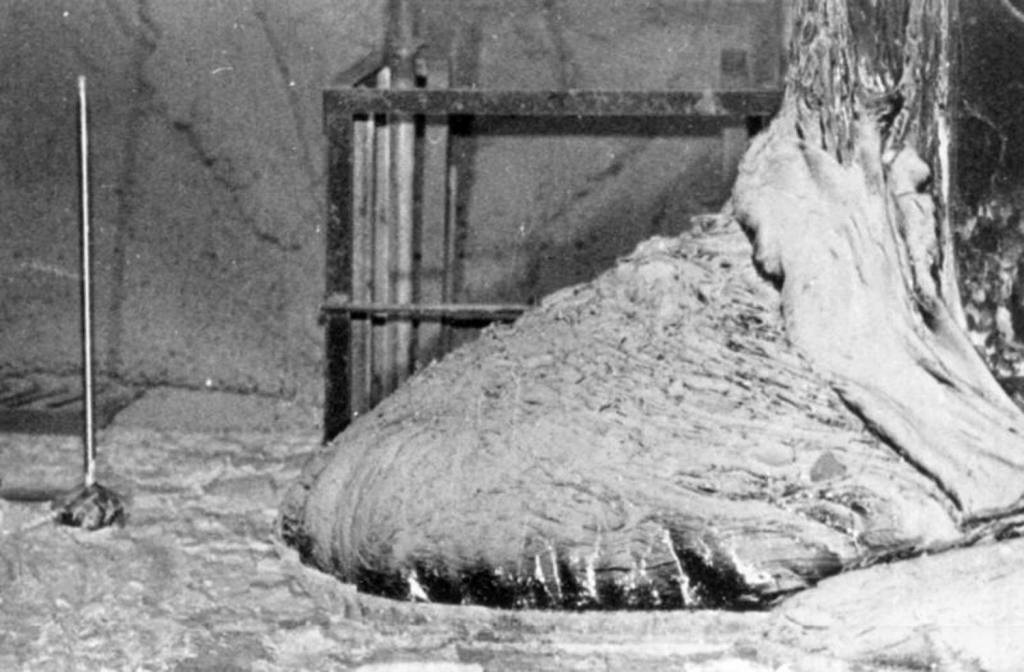
A photo of the corium “elephant's foot”, taken 10 years after the Chernobyl disaster. Source: U.S....
The so-called meltdown literally melted everything surrounding the reactor core—uranium fuel rods, graphite control rods, and even the concrete floor beneath the reactor. This highly-radioactive material is known as corium, and can maintain a temperature of 1,200°C (or 2,192°F). Corium behaves much like radioactive lava, slowly flowing down the path of least resistance, and liquefying virtually everything in its path.
Preventing a Steam Explosion
This is where the next part of our story begins. The corium lava was making its slow descent through the reactor floor, and would inevitably reach the basement. Since the reactor explosion had severed cooling pipes, this basement had partially flooded.
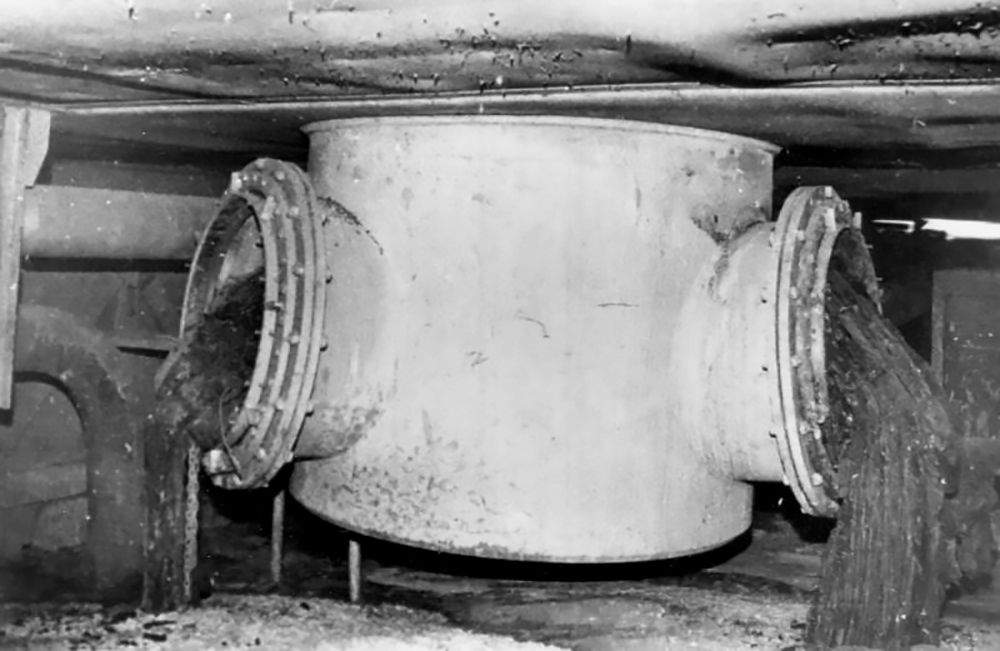
Corium lava flows formed in this steam relief valve beneath the damaged reactor core. Source: Wikipedia / insp.pnl.gov
To the uninformed, this may not seem like a problem—after all, you might think the water would cool off the molten corium sludge. In reality, the corium was so hot that it would have instantly flashed the cold water into steam, causing a powerful underground explosion. This in turn would have destroyed the remains of the reactor, scattered radioactive material, and potentially led to meltdowns in the other three active nuclear reactors at the Chernobyl plant.
Author and Chernobyl disaster expert Andrew Leatherbarrow wrote, “If [the corium reached the water] it would have triggered a second steam explosion that would have done unimaginable damage and destroyed the entire power station, including the three other reactors.”
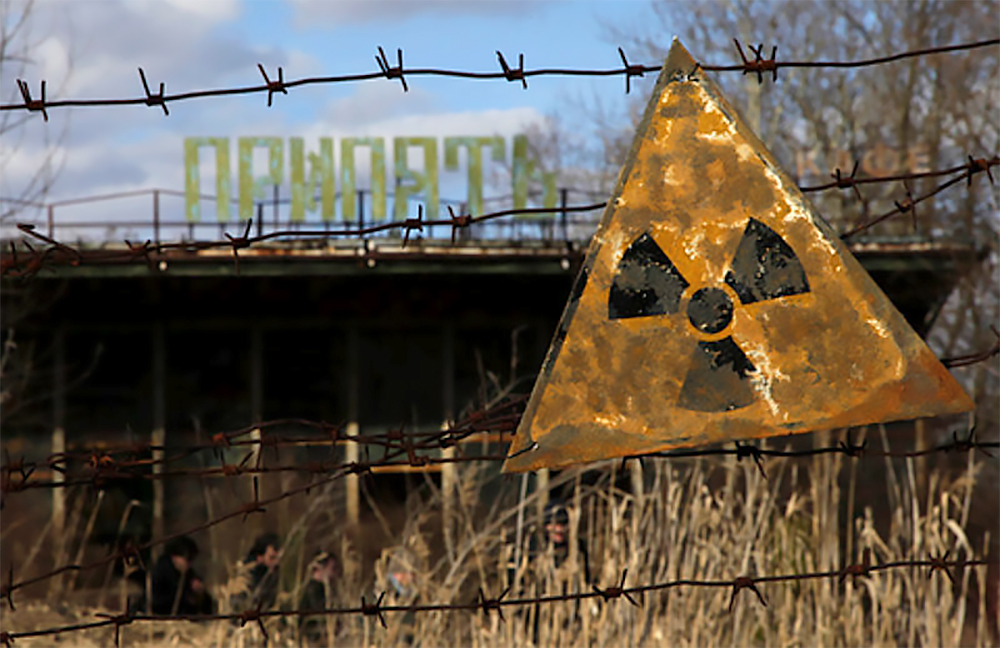
Engineers at reactor number four knew that this radioactive steam explosion would surely occur unless the water was removed. However, in a cruel twist, the drainage valves were located in a flooded corridor in the basement, and the entire area (including the water itself) was contaminated with potentially-deadly levels of radiation. The only way to drain the water was to open the valves, and the only way to reach the valves was to enter the flooded basement corridor.
Rather than draw straws or evacuate to save themselves, three men volunteered for this duty, knowing that it might be a suicide mission. Those men were Alexei Ananenko, Valeri Bezpalov, and Boris Baranov. The first two were engineers who knew the location of the valve, while the third was a shift supervisor at the reactor. The men donned the best protective gear they had—wetsuits and respirators—and waded into the dark basement. Amazingly, the three men successfully opened the valves, drained the water, and emerged alive.
The Aftermath

A photo of the above-ground damage to the building surrounding reactor number four.
Some reports have claimed that Ananenko, Bezpalov, and Baranov died of acute radiation syndrome (ARS) shortly after their brave mission. Other official reports from the Soviet government tried to downplay the severity of the disaster. According to Andrew Leatherbarrow, none of the three men died of ARS. In fact, Ananenko and Bezpalov were still alive in 2015, while Baranov died of a heart attack in 2005.

This chart gives perspective to the immense amounts of radiation released by the Chernobyl disaster. Source:...
While the men survived that day, it certainly doesn't diminish their heroism. If they hadn't bravely and selflessly opened those valves, it's likely that the Chernobyl nuclear disaster would have been far worse, and taken many more lives. Thirty years later, we still haven't seen anything like it.
To see 150 more photos from before and after the Chernobyl accident, check out The Complete Story of the Chernobyl Accident in Photographs.


